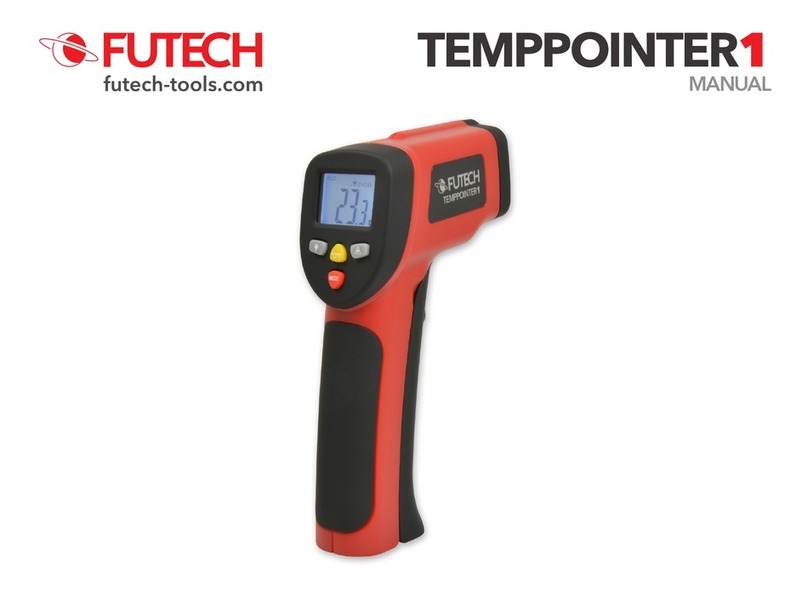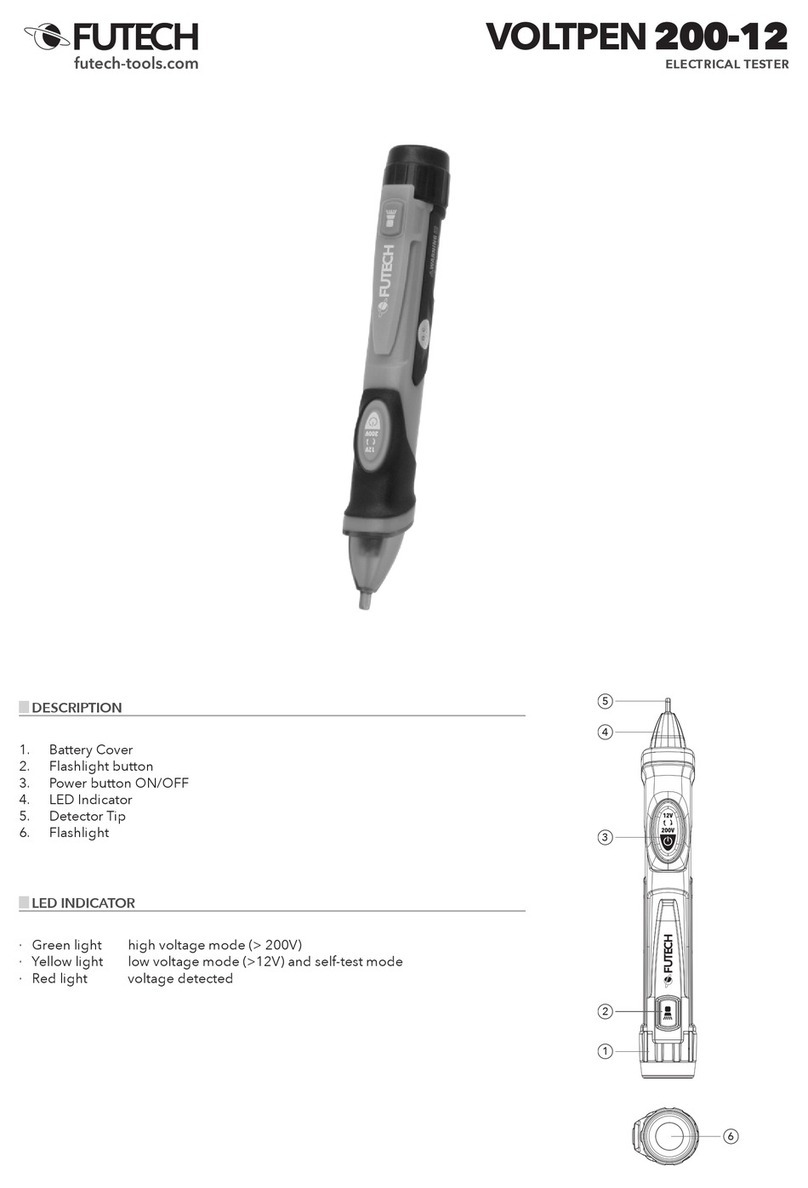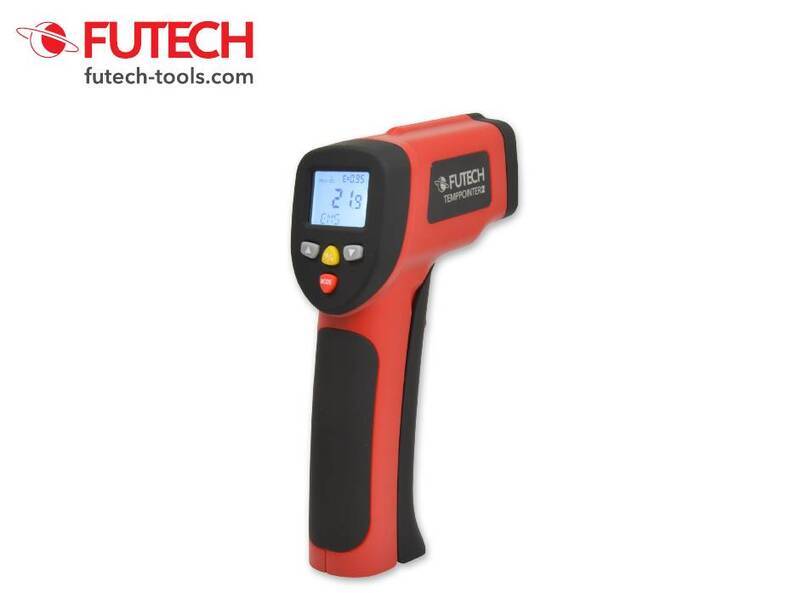
ON OFF
H
H + V1
V1 + V2
H + V1 + V2
DIF-RCD
AUTO
TEST
DIF-RCD
VOLTTESTER
4.6A
1000
690
400
230
120
50
24
12
AC
+−
RL
A voltage detector declaring two values of internal impedance has passes a
performance test of managing interference voltages and is (within technical limits)
able to distinguish operating voltage from interference voltage and has a means
to directly or indirectly indicate which type of voltage is present.
APPROPRIATE USAGE
The instrument may only be used under those conditions and for those purposes
for which it was conceived. For this reason, in particular the safety references, the
technical data including environmental conditions and the usage in dry environ-
ments must be followed.
When modifying or changing the instrument, the operational safety is no longer
ensured.
The instrument may only be opened by an authorized service technician.
The voltage detectors are designed to be used by skilled persons and in accord-
ance with safe methods of work.
OPERATION
PREPARING THE TEST
Prior to overy test, please ensure that the instrument is in perfect condition. For
example, keep an eye out for a broken housing or leaking batteries.
Always carry out a function test before using the votage tester. See next point.
Check that the instrument is functioning properly (for example at a known voltage
source) before and after every test.
If safety of the user can not be guaranteed, switch off the instrument and secure it
to prevent unintentional usage.
CARRYING OUT A FUNCTION TEST
When press “AUTOTEST”, with the exception of the LED for low impedance test,
all LEDs should light up. If the battery voltage is too low, all LEDs will blink, please
replace the battery.
VOLTAGE TEST
· Connect both test probes with the power source.
· As from a voltage of >6V the voltage tester switches on automatically.
· The voltage is displayed via LEDs. The different indicating signals of the voltage
detector (including the ELV limit indication) are not to be used for measuring
purposes.
· For AC voltage, the “AC” is illuminated;
for positive voltage, the “+” is illuminated;
for negative voltage, the “−” is illuminated.
· In the case of DC voltage, the polarity of the indicated voltage relates to the
voltage tester probe tip.
· Once the safety extra-low voltage (50V AC / 120V DC) is reached or exceeded,
the LED “warning for voltage” [12] is illuminated, in the event of no battery pow-
er or main circuit failure, and an acoustic signal is emitted.
SIGNAL-POLE PHASE TEST
· The single-pole phase test is only possible when batteries are installed and in
good condition.
· The single-pole phase test starts at an AC voltage of approx. 100V (pole >100V
AC).
· When using single pole phase tests to determine external conductors the dis-
play function may be impaired under certain conditions (e.g. for insulating body
protective equipment on insulation locations).
· The single-pole phase testing is not appropriate to determine whether a line is
live or not. For this purpose, the double-pole voltage test is always required.
· Connect both test probes with power source.
· A signal sound indicates the phase.
· The LED “warning for voltage” [12] is illuminated in the display.


























